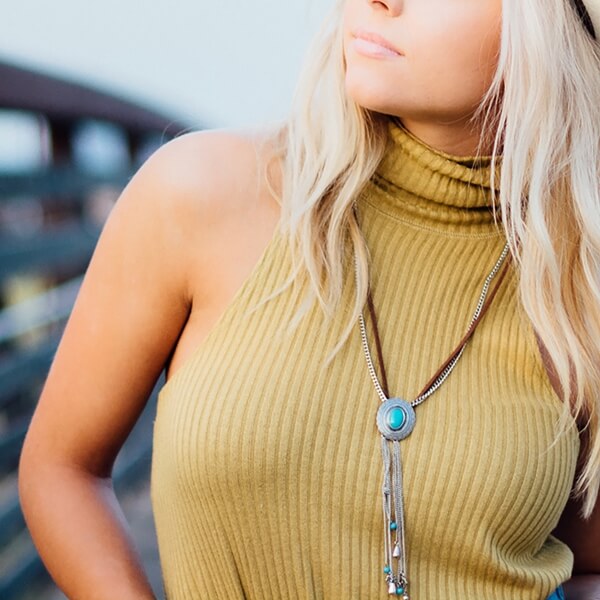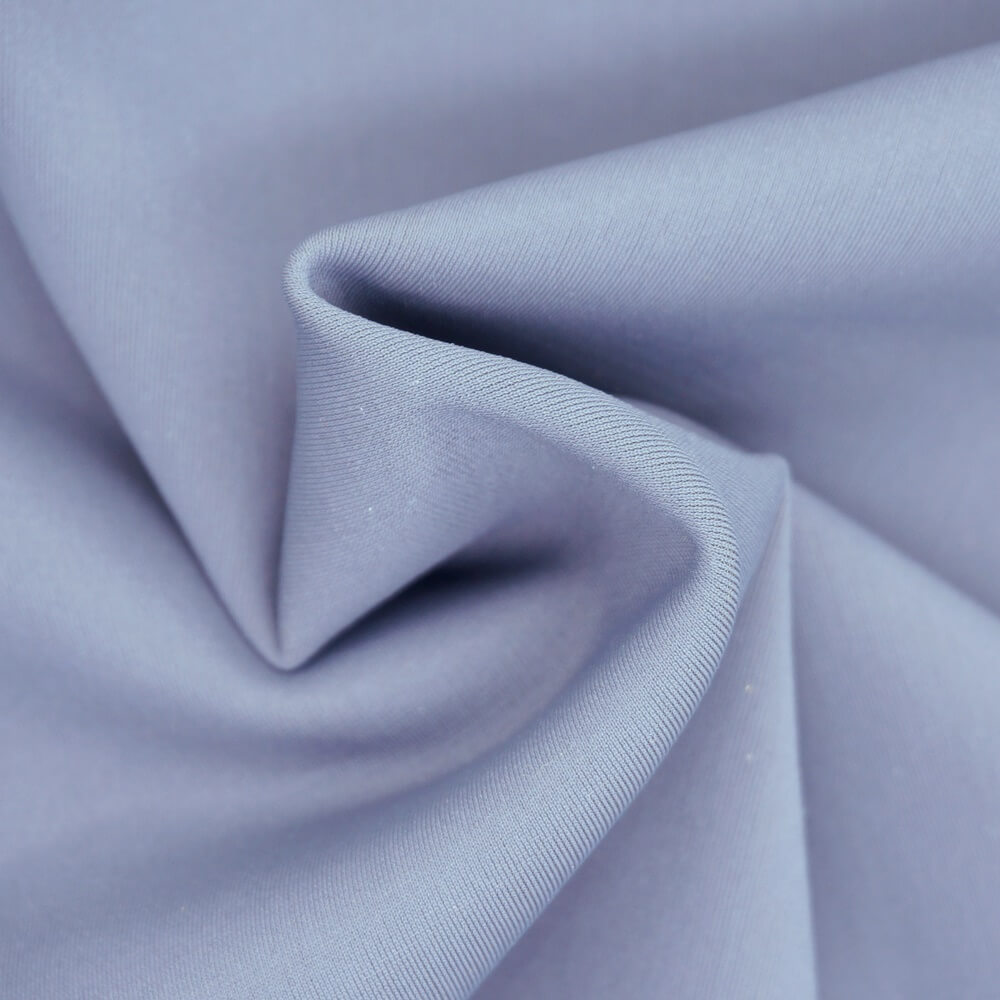What is knit fabric? We will explain all about the various types, characteristics, and applications of knit fabric, one of the most common clothing fabric! In this article you will learn:
How are knit fabrics made?
Knit fabric and woven fabric is two of the most common type of fabric for garment.
Knit fabric is made by thread connected to a needle making loops that are interwoven with other loops to make a sheet of fabric. Knit fabric is one of the most common types of fabric used for everyday clothing.
It is important to note that knitted fabrics are split up into weft knitted fabrics and warp knitted fabrics. While both of these fabrics are made up of yarn being interwoven together, there are some slight differences in their appearance.
Woven fabric is the other most common type of fabric. To easily understand the manufacturing method for woven fabrics, just think about the method used hundreds of years ago to create fabric for clothing. Fabrics are made by interweaving and overlapping yarn or thread. Picture the meshing of screen doors or the overlapping pattern of tennis racket nets, but then bring those criss-cross patterns down a lot tighter and you have a woven fabric!
The Different Types of Knit Fabric
Knit fabric is actually a broad term that includes three subtypes of fabric that are all composed differently.
1. Weft knit fabric
To get an idea for the method of weft knitted fabrics, just think about hand-knitted sweaters where the material is made by weaving yarn or threads around itself. So when you’re looking at a weft knit fabric, the weave pattern of the fabric has a very obvious V shape.
Weft knit fabric is the most common type of knit fabric you’ll see in your day to day life. It is made by a circular knitting machine and it is not as resilient as warp knits. The fabric is easier to disassemble and if there is a hole in the weft knit fabric, then it is easier for the hole to grow over a shorter period of time. However, weft knits are the most easily stretched knit fabric when not using elastic materials.
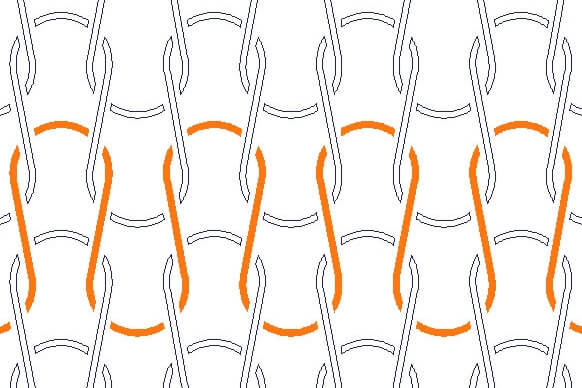

2. Warp knit fabric
Warp knitted fabric is also made by weaving yarn or threads around itself, but the pattern is a bit more complicated. The V shape of the threads is not as obvious, but the patterns are also like stripes.
Before making a warp knit fabric, the individual threads must be straightened from their spools to a warp beam where all the separate threads can then be knit together. Because warp knits are made with many threads being knit together simultaneously, it is produced much faster and at bigger quantities than weft knits. Warp knits are stronger compared to weft knits.


3. Flat knit fabric
The basic idea of flat knit fabric is similar to weft knits, but the length and width of these knits are limited, so flat knits are often used for collars, cuffs, hems, socks, and gloves.

Characteristics of Knit Fabric
Strechy, soft, breathable
Ordinarily, because of the gaps between the thread loops making up knit fabrics, they are relatively elastic, soft, and breathable compared to woven fabrics. Therefore, knits are more suitable for clothing that is worn tight around the skin.
On the other hand, wovens are more commonly found in outer layer clothing, such as jackets. However, there are also knits that are made to be rather tight so they are comparatively stiff, such as air mesh fabric.
Susceptibility to Shrinkage
Will knit fabric shrink? Are knit fabrics susceptible to shrinking? Actually, the real problem comes down to the quality of materials used and how the threads are knitted together. For example, natural fibers like cotton can shrink a lot more than polyester fibers. However, because knits have a lot of empty space between their threads, they are still more susceptible to shrinking compared to wovens.

Different Varieties of Knit Fabric and Their Applications
By using different knitting machines, you can control the movement of the needles and the tension in the threads to produce knits with different compositions.
What is knit fabric used for? Below is a list of different varieties of knit fabrics and how their composition differs from the others. Additionally, each variety of knit fabric is presented with some common clothing applications – what are knit fabrics used for.
Remarks:
- One fabric could have many names. There is no right or wrong.
- Below listed applications are just examples. Fabrics don’t have to be used for certain application. As long as it fits your design, it’s suitable 🙂
1. Weft knit fabric (circular knit / tubular knit)
The texture of the front and back of this fabric is different. The side with a straight, neat texture is generally called the front. Single jersey fabric is usually thinner and softer.
• Plain single jersey fabric : Used for most T-shirts, top and underwear.



• Pique single jersey fabric : Used for comfy polo shirts

• Baby french terry single jersey fabric : Good for Autumn/Winter clothing. When using artificial and elastic materials, this type of knit can be an extremely elastic fabric for pants.

Read more: Single Jersey Fabric Vs Interlock Fabric
This fabric is essentially two sheets of single jersey fabric knitted together so that both sides have a straight, neat texture.
• Plain interlock fabric :

• Pique double knit fabric : Both sides can indeed be pique style jersey fabric. Because pique fabric is relatively thick, polos made with this fabric are slightly stiffer.

• RIB fabric / flat back RIB fabric / drop needle RIB fabric : This fabric is regularly used in making collars, cuffs, and hems, but relatively delicate RIB fabric is also used for making large clothing articles.
• Birdseye mesh : This fabric is commonly found in sportswear because the small holes in this fabric provide good ventilation.

• Scuba fabric (spacer fabric, spacer foam fabric, air mesh fabric) : Typically, this fabric has a relatively hard layer of a mono-filament fabric in between the two sheets of normal fabric. This makes it feel like there is a foam layer between the two outer layers. It is commonly used for bra or sports bra. Furthermore, some scuba fabrics just use a normal thread for the inner layer. They are not as thick as mono-filament air meshes, but because they are relatively stiff, they have become a new trend in the last few years.

• Pont de roma fabric : It has many names – pont de roma, ponte roma, ponte di roma, punto di rome… Comparatively dense, but also slightly elastic. It is often used for making dress, pants and suits, as it hold shape nicely.
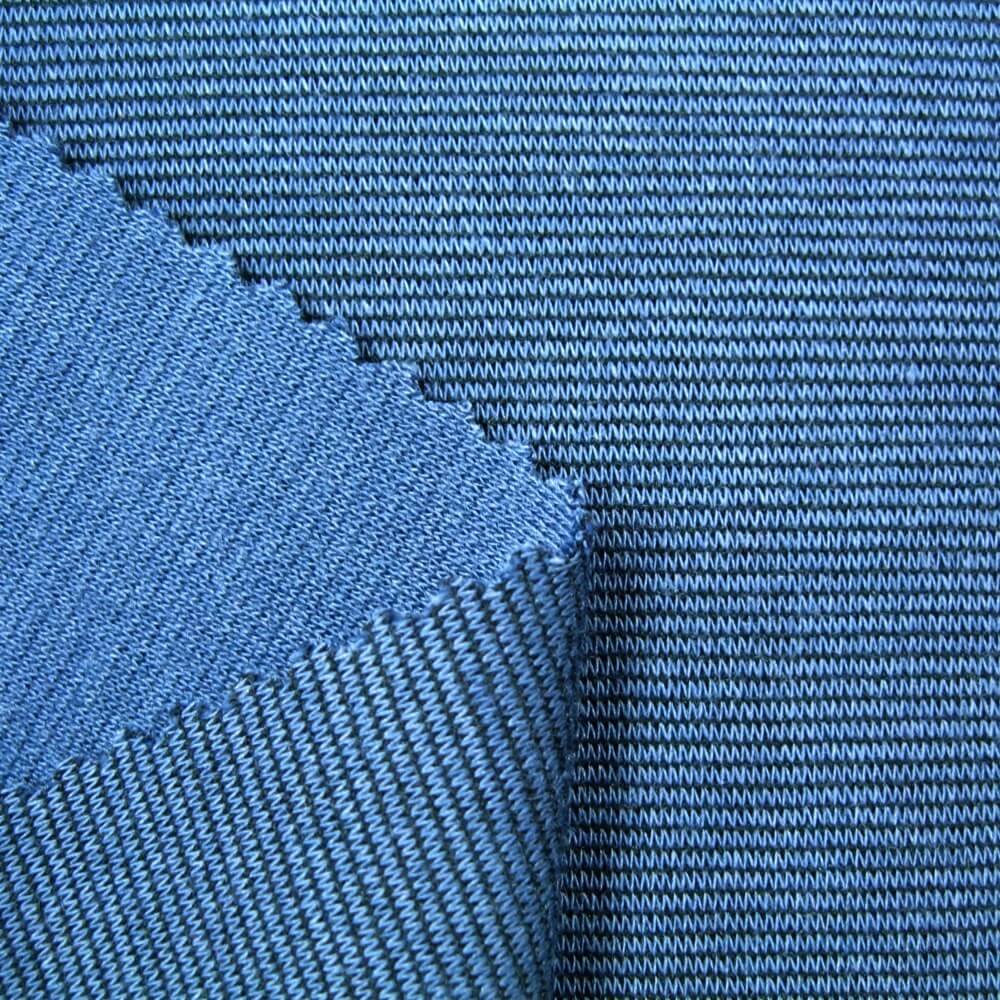

Jacquard making machines are split into both single and double jacquard. The reasoning for this is the same as for single and double jersey fabric. The knit patterns for jacquards is normally done by computer, so there is a lot of variance in how they are made.
Jacquard fabrics are widely used for sportswear, swim wear and fashion wear.



The front side of french terry fabric is just plain fabric while the back side is thread loops. If you split the french terry’s threads and brush them finely, then you get polar fleece fabric.






Warp knits are stronger than weft knits. Warp knits without spandex (elastic materials) are often used for athletic shorts like basketball or boxing shorts. And tricots with elastic materials are often used for swimsuits, compression leggings, and tights.


2-2. Raschel Fabric
There is regular raschel and jacquard raschel machine. Raschel fabrics are normally knitted with synthetic filament yarn and have complicated knitting pattern. Some also called it lace. This fabric is commonly used for women’s sportswear or dance wear.

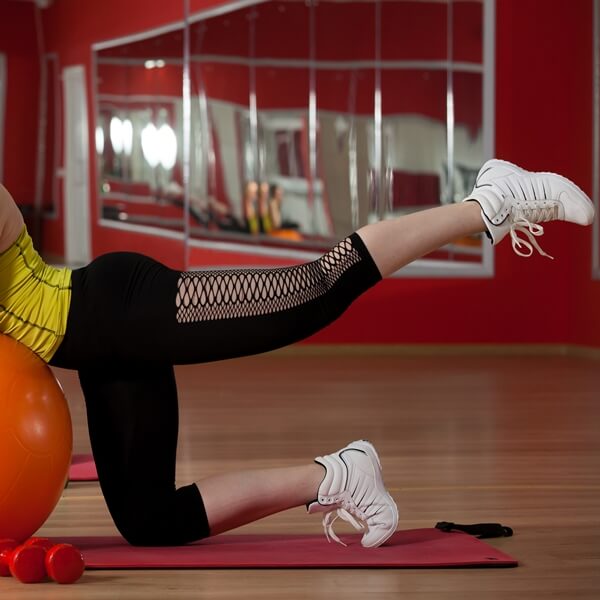
Powernet machines can combine polyester or nylon fibers with elastic fibers and create a fabric that is both elastic and durable. This fabric is often used for making normal and exercise underwear and tights. Sometimes powernet fabric is also used for the inter lining of a sports bra to enhence support.
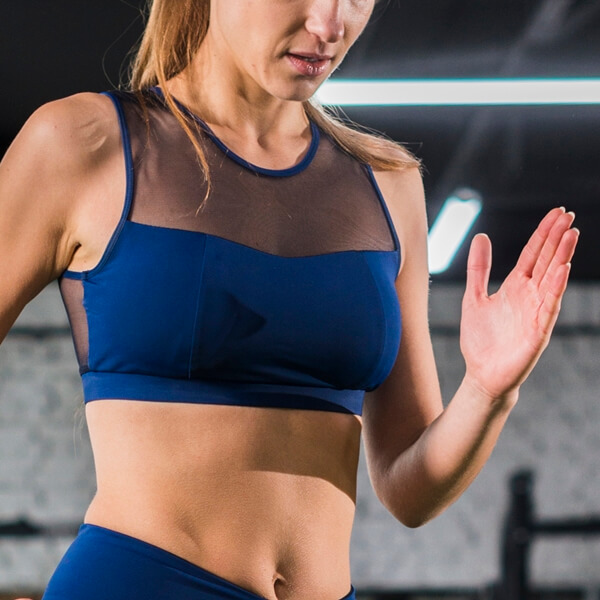
2-4. Net Fabric
Knitted with monofilament threads and has no elasticity. The sari of traditional Indian clothing uses net fabric.

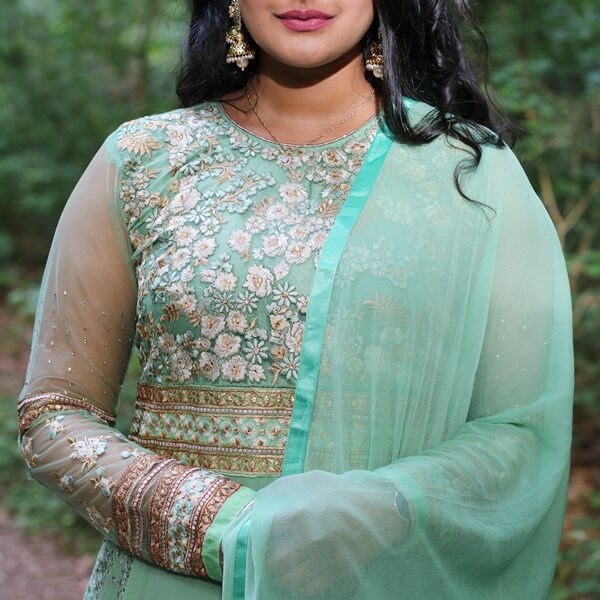
Gain more knowledge:

What is the Difference between Polyester and Nylon Fabric?
Want to know the difference between polyester and nylon fabric? Comparing feel, performance and dyeing, this post tells you everything you need to know.

Single Jersey Fabric Vs Interlock Fabric
What is the difference between single jersey fabric and interlock fabric? How are single jersey fabric and interlock fabric made? Let’s find out!
Looking for knitted fabric?

Eysan Fabrics
Eysan is a knitted fabric expert. Since 1986, it has continually supplied quality fabrics and service to clothing manufacturers and well-known clothing, athletic, and underwear brands. If you have any questions regarding knitted fabrics or have any knitted fabric needs, please feel free to reach out to us.















